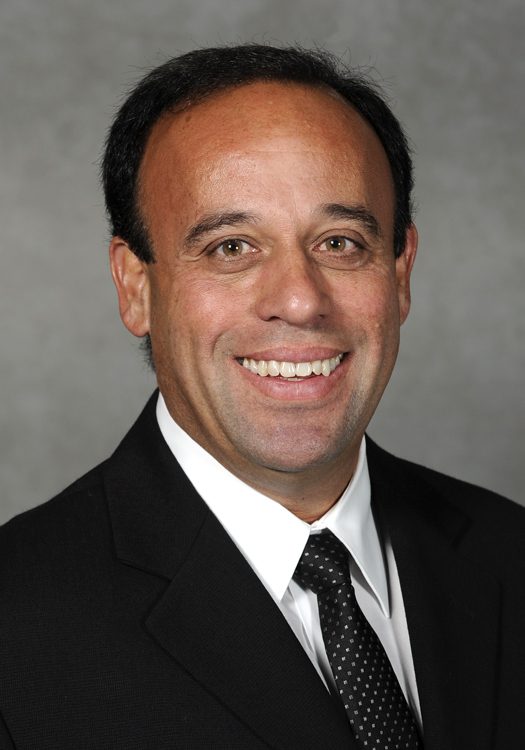|
Getting your Trinity Audio player ready...
|
As the 2022 hurricane season officially ends on Wednesday, Nov. 30, I’m reminded that I’ve now responded to and learned from 46 hurricanes or tropical storms over 40 years with Florida Power & Light Company.
My biggest learning is there’s no substitute for preparation. Every spring, we prepare our teams through an intense hurricane drill to sharpen their skills. Better weather forecasting has given us a more precise view of tropical weather systems, helping us prepare more intelligently for a storm by pre-positioning crews, equipment and supplies to speed restoration afterward.
The most important preparation for extreme weather is through sustained, long-term investments to build a stronger and smarter energy grid, as evidenced by this past hurricane season.
After the brutal hurricane seasons of 2004-05, when multiple hurricanes crisscrossed Florida and caused millions of outages and billions of dollars of damage, there was consensus among customers, elected officials, regulators and utilities that we needed to strengthen the energy grid to better withstand future storms.
We began replacing all our wood transmission structures with steel or concrete and strengthening power poles along main lines to withstand extreme winds. We started inspecting all our distribution poles on an eight-year cycle and repairing or replacing any that didn’t meet our standards for strength. We stepped up our trimming of vegetation near power lines to reduce a leading cause of outages during storms.
Nationwide, utilities are discovering they also need to strengthen their systems in the face of more frequent and more severe weather – including extreme cold, fire risk, floods and wind storms.
No system is hurricane-proof, but we’ve proven that a well-maintained, hardened system enables us to restore power faster so our customers can begin getting their lives back to normal and Florida’s economy can get back to business.
We first saw the benefits of our hardening program when Hurricane Irma struck in 2017. While the average FPL customer outage was 5.4 days for Hurricane Wilma before hardening in 2005, it was 2.1 days for Irma — even though Irma was a bigger hurricane that impacted more customers.
Even with this marked improvement, we still saw a significant number of outages during Irma caused by trees, vegetation and other debris blowing into overhead neighborhood power lines. We took this learning and began our Storm Secure Underground Program the following year to find cost-effective ways to put more neighborhood power lines underground.
Our hardening program demonstrated its value again this year when Hurricane Ian struck in late September as the fifth-strongest storm ever to hit the United States.
Ian followed a similar path to another Category 4 storm, Hurricane Charley, which struck Southwest Florida in 2004. Charley knocked out 75 transmission structures and damaged 6,900 distribution poles in our unhardened system. When Ian hit 18 years later, not a single of FPL’s hardened transmission structures failed and far fewer distribution poles were damaged. Preliminary data also showed that underground neighborhood power lines performed about five to nine times better than overhead lines during Ian.
While the average customer outage for Charley was 3.5 days, the average outage for Ian was 1.5 days.
When you consider the size of Florida’s economy – about $1.2 trillion – every day utilities can trim off a restoration enables potentially billions of dollars in positive economic activity for our customers and state.
Continuous investments in technology have also had a major impact on reducing hurricane restoration time. We have installed more than 200,000 smart grid devices, including automated switches, since 2011. Collectively, these devices helped avoid more than 1 million customer outages during Hurricanes Irma, Ian and Nicole.
Drones also help assess damage more quickly, which enables the precise deployment of crews and equipment to the right places to restore power. After Hurricane Ian, our pilots flew more than 2,000 drone flights, in many cases helping us put eyes on areas that were inaccessible due to flooding or downed trees. The 2022 hurricane season also marked the debut of FPLAir One, the only unmanned, fixed-wing aircraft of its kind, which flew missions covering more than 2,000 miles to provide valuable intelligence after Ian.
In Florida, it’s not a matter of if, but when, the next hurricane will impact our state. I hope the next one is a long way off – but I’m confident that by continuing to prepare our employees and continuing to invest in building a stronger, smarter, more storm-resilient grid, we will be ready.






